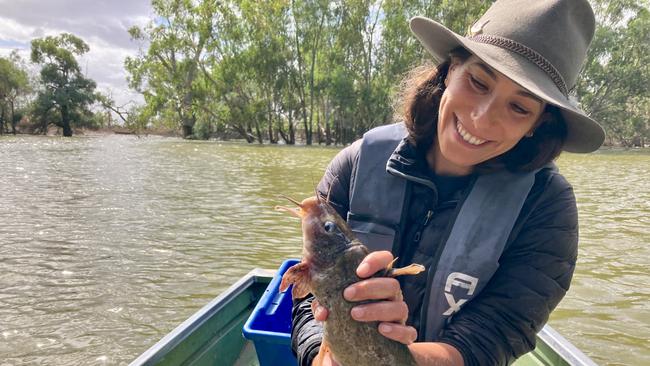Ecologists record rarely seen sights and sounds as River Murray floodwaters recede
As River Murray floodwaters recede, ecologists are recording rarely seen sights and sounds as flora and fauna re-emerge across the region.

Pets and Wildlife
Don't miss out on the headlines from Pets and Wildlife. Followed categories will be added to My News.
The Murraylands and Riverland is alive with the sound of eastern banjo frogs, native birds and ducks.
A silver lining of the recent River Murray flooding is the flora and fauna that are re-emerging in the region.
High flows are important for native fish spawning, bird breeding and plant growth, and the recent floods have provided much-needed water to areas of the river and flood plains for the first time in 60 years. Ecologists are now recording rarely seen sights and sounds as floodwaters recede throughout the environment.
They include the musical eastern banjo frog, signing across the Pile flood plain; wood ducks and black swans converging en masse on Chowilla; grey teals and coots in the hundreds also in the lakes of Chowilla, as well as Pacific black ducks and nankeen night herons; and increasing numbers of native turtles, or thukabi, important to the Ngarrindjeri people, in the Lower Lakes after the species was severely impacted by drought.


Adrienne Rumbelow, a program leader for the Coorong and Lower Lakes, said scientists were seeing the highest number of species half way along the Coorong since they started monitoring the site 15 years ago. “Because we’ve had so much freshwater coming down … it’s really great for the ecology,” she said.
“There are black swans and pelicans … if you’re a bird that likes eating fish, there’s plenty of feed around at the moment.”




